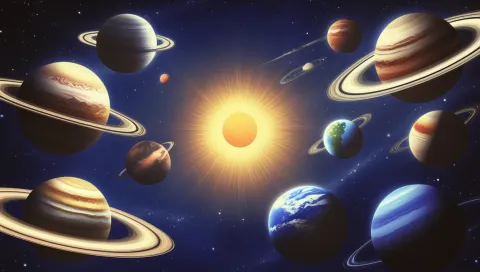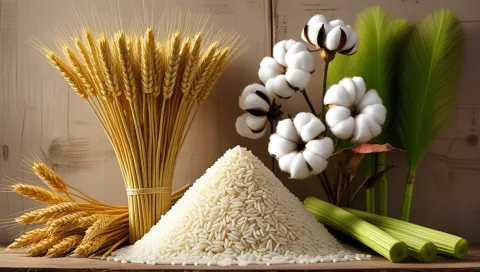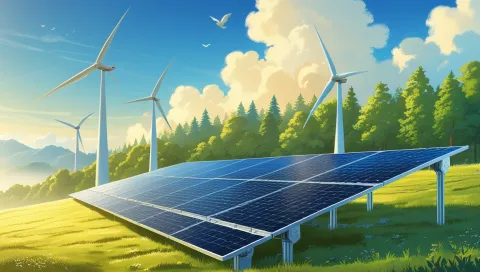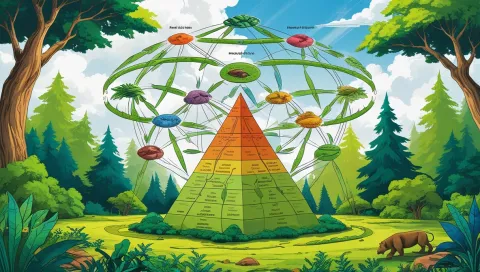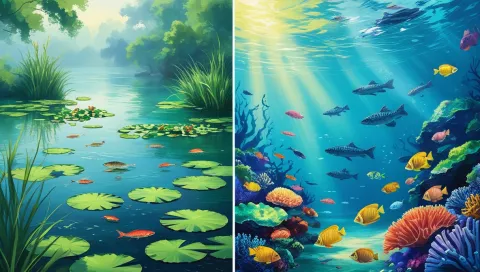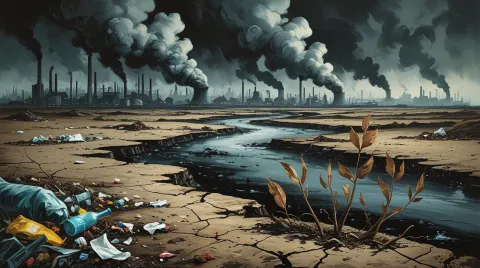Accessible Anywhere, Anytime
Use iExam from your phone, laptop, or desktop—prepare on the go or from the comfort of your home.
Goal-Oriented Design
A user-friendly interface that empowers you to start immediately and stay motivated until you achieve your dreams.
Extensive Topic Library
Access a comprehensive collection of topics tailored to your exam syllabus or learning objectives.
Unlimited Practice Tests
Take practice tests as many times as you like, helping you refine your knowledge and track progress.
Flexible Learning
Modify your topic list and retake tests to adapt your preparation as your learning needs evolve.
Answer Review
Review answers to understand mistakes and improve performance.

